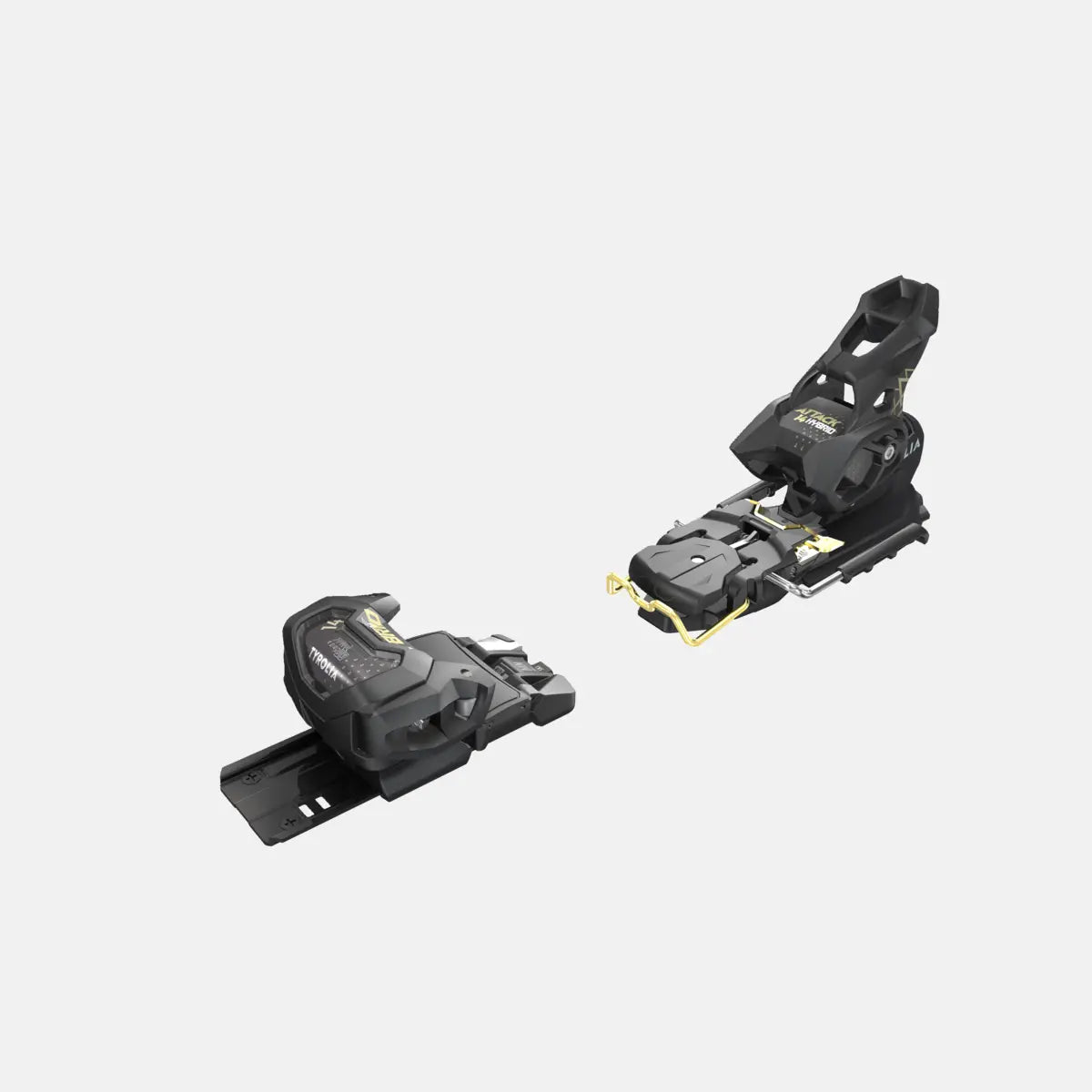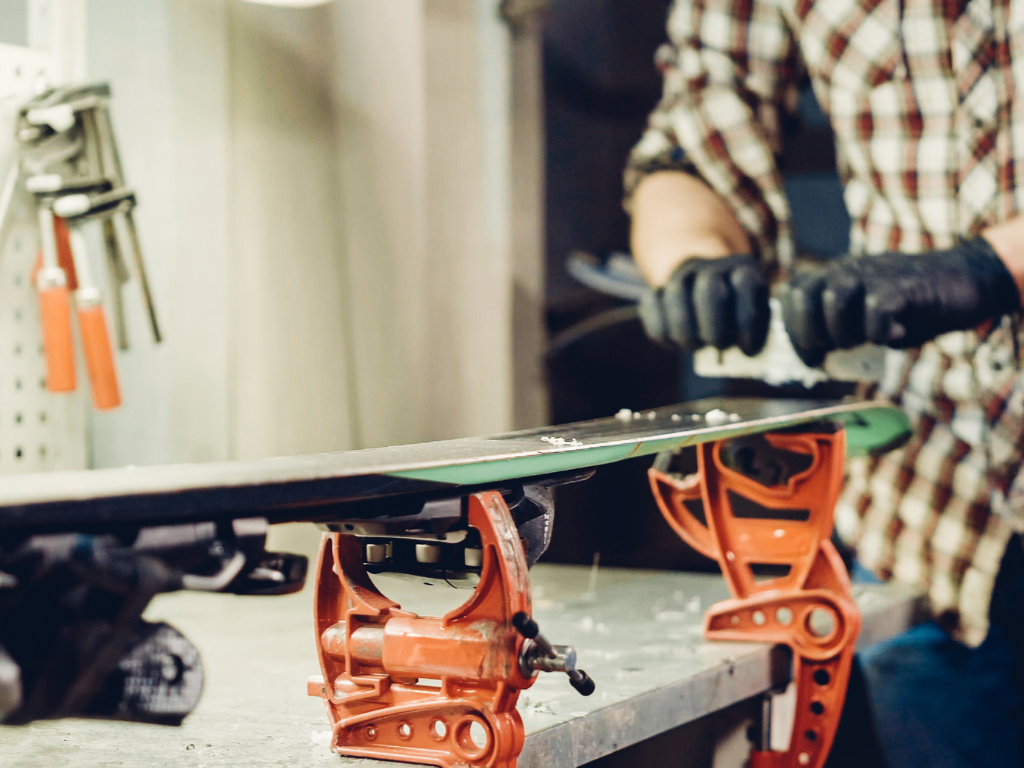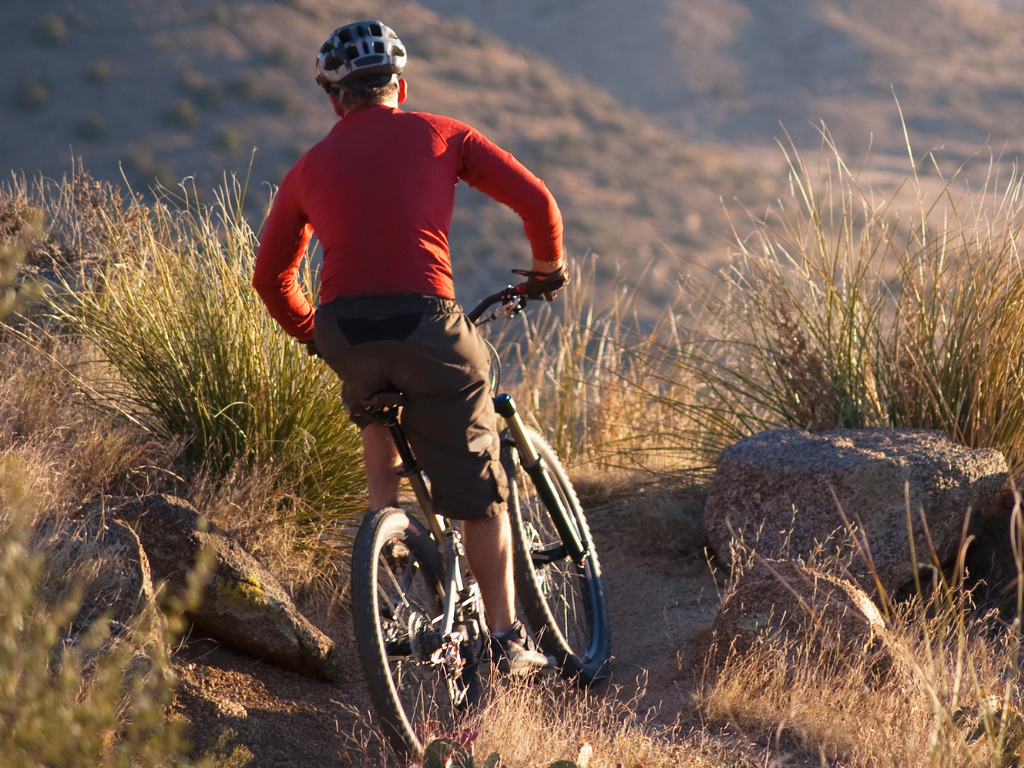Bindings are possibly the least glamorous items of ski gear, but next to your ski helmet they are by far the most important for keeping you safe and injury free.
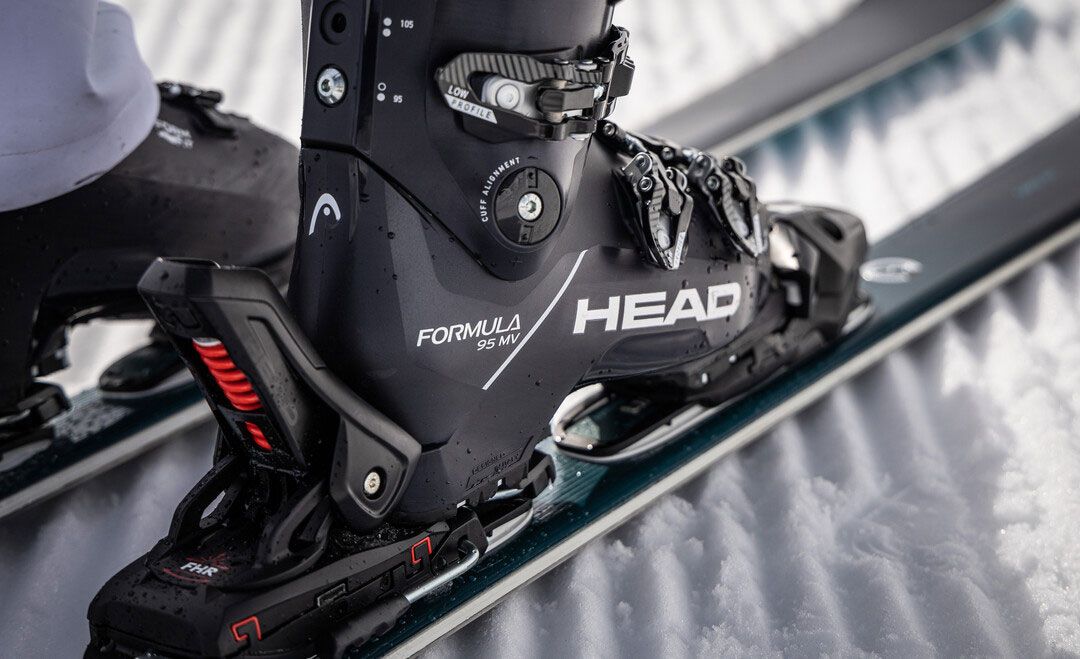
A Deep Dive into All You Need to Know About Ski Bindings
The Purpose of Ski Bindings
This is obvious really – they're there to keep your feet attached to your skis, but what makes ski bindings special is that they can release at certain pre-set levels to prevent the ski exerting massive, and potentially catastrophic leverage, on your ankles, knees, legs and hips when you fall.
The first thing we need to know about is ski bindings is what your DIN is, and why it's such an important number.
What is Ski Binding DIN? And Why Is My DIN Setting Different to Yours?
DIN stands for Deutsche Industrie Normal, which is a set of German product standards that are used for rating countless commercial and industrial products. You see it everywhere from light bulbs to car parts, but probably the most well-known one is the DIN ski binding standard which relates to the force levels required for a binding to release.
The DIN range for ski bindings goes from 1 to 18. One is a very light setting that will release under very low force, and 18 being almost solid. Kids ski bindings should be set very low so they release under minimal force. At the other end of the scale professional freeride skiers and racers set their DINs at the very top of the range, because for them losing a ski at the wrong moment is more likely to cause an injury than a non-release.
What’s Your DIN?
Your safe DIN level depends on your age, weight, height, and skill level. You can determine that by talking to one of our skiing experts at Outside Sports in Queenstown or Wanaka, or by using a phone app like Rentmaxx Z-Value which takes you through the process in a few seconds.
Adjusting Your DIN
The DIN level is displayed on both the heel piece and toe-piece of your bindings. It can be adjusted up or down using a screw with tightens or loosens a spring in the binding. As you turn the screw (you’ll need a screwdriver) you be able to see the DIN indicator on the top of the binding moving back and forth. Each heel and toes piece needs to be adjusted separately.
DINs when Demoing and Renting Skis
When you demo skis an Outside Sports demo day at the Remarkables, Coronet, or Cardronaor rent skis from us at Queenstown or Wanaka we’ll ask for your DIN, or if you’re not sure we’ll calculate it for you. We’ll also need another measurement – your Boot Sole Length or BSL – so we can set the correct distance between the heel and toe pieces for your boots.
Boots and Bindings: Mondo Point vs BSL
A lot of people confuse their boot size with their Boot Sole Length. Boot size uses the Mondo Point Scale. A 26.5 Mondo Point roughly corresponds to about a US mens size 9.5 shoe. Your Mondo size is handy to know when you’re buying or renting boots. But that’s not actual the length of your boots, which can differ quite a bit between brands for any given Mondo size. BSL is measured in millimetres and you can find the BSL number moulded into the plastic somewhere on the bottom or heel lug of your boots.
The Different Types of Ski Bindings
You will need a certain type of binding depending on what sort of skiing you do. The two most commontypes are Alpine and Touring. There is also Telemark and Cross-Country skiing – but they’re not super popular in New Zealand and we’ll talk about them another time.
Alpine Skiing Bindings
Alpine or Downhill skiing means using lifts to go up and then skiing down under gravity. Alpine bindings are designed to keep you safe while doing that. The have a fixed toe and a heel piece that you click into. The toe-piece is made to release diagonally and the heel-piece vertically.
Having said that here are two types of heel piece – the fixed heel that most bindings use, which only releases vertically (although some do have a small horizontal range of motion) and the turntable heel used in Look Pivot bindings, which has a large range of horizontal movement as well - that some skiers believe is safer.
The other aspect of alpine bindings that’s worth mentioning is Stack Height, which is how far above the ski the binding holds your boot. Look Pivot bindings have a very low Stack Height which some people think gives them better feel for the snow.
Why Do Some Bindings Have Higher DIN Ranges than Others?
Most bindings have a DIN range that goes up to 11, 12, 13, 15 or 18. The higher the rating means a stronger spring in the binding - and usually the more expensive the binding will be. Higher rated bindings also tend to be made tougher with more metal in their frame. Which DIN range is right for you depends on what kind of skiing your like to do, and to a degree your height and weight. If you like cruising on the groomers a lower maximum DIN is fine, but if you're a bigger, heavier, more aggressive skier you probably appreciate the power and durability of a high DIN binding.
What do GW and MNC Mean?
You'll often see bindings with GW or MNC in their description.
GW stands for Grip Walk which refers to a ski boot that has a heavily treaded sole to make walking on snow easier. It's great if you're doing any walking up hill carrying your skis - which is known as boot packing. Boots with GW will often also have a 'Walk Mode' which lets the collar of the boot move more freely, making walking more comfortable. All ski touring boots have a Grip Walk sole.
The other sole type is a solid flat sole used in alpine downhill boots. It's not so great on hard snow and ice, as I'm sure you know.
MNC stands for Multi-Norm Compatible meaning that the binding will work with both boot sole types. A GW binding is made to work with GW boots and isn't recommended for flat sole Alpine boots
Ski Touring Bindings
Ski touring bindings, which are sometimes called TECH bindings, have a system which enables you to walk your skis uphill and thenlockyour boots in securely for skiing downhill. They differ from Alpine bindings in two ways. The toe-piece connects to your boots with a pincer type arrangement. Two little prongs go into holes on either side of the ski boot’s toe lug, which lets your foot pivot up and down at the toe in a walking motion.
The heel-piece is only attached to your boot when you want to ski down. The downside of the dedicated ski touring binding is that they don’t release in a fall as well as Alpine bindings, and are a bit more delicate. Touring bindings are built to be as light as possible to make going uphill easier.
Hybrid Ski Bindings
The Shift Hybrid Ski Touring binding was the biggest news to come along in ski bindings in decades.
At Outside Sports many of our customers and staff love ski touring in the amazing snow playground that’sliterally at the backdoor our all our stores. Their binding of choice is the Atomic Shift MNC Binding which is light and fast on the uphill, then converts to a full Alpine binding for the downhill, with all the performance advantages that offers.
Get 30% off Bindings with 2025 Skis - Plus Free Mounting!
Use the code BINDINGS30 at our stores in Queenstown and Wanaka or online to get a 30% discount on any new ski binding when you purchase skis at Outside Sports.
Shop Alpine Ski Bindings at Outside Sports

Atomic Colt 7 GW Ski bindings
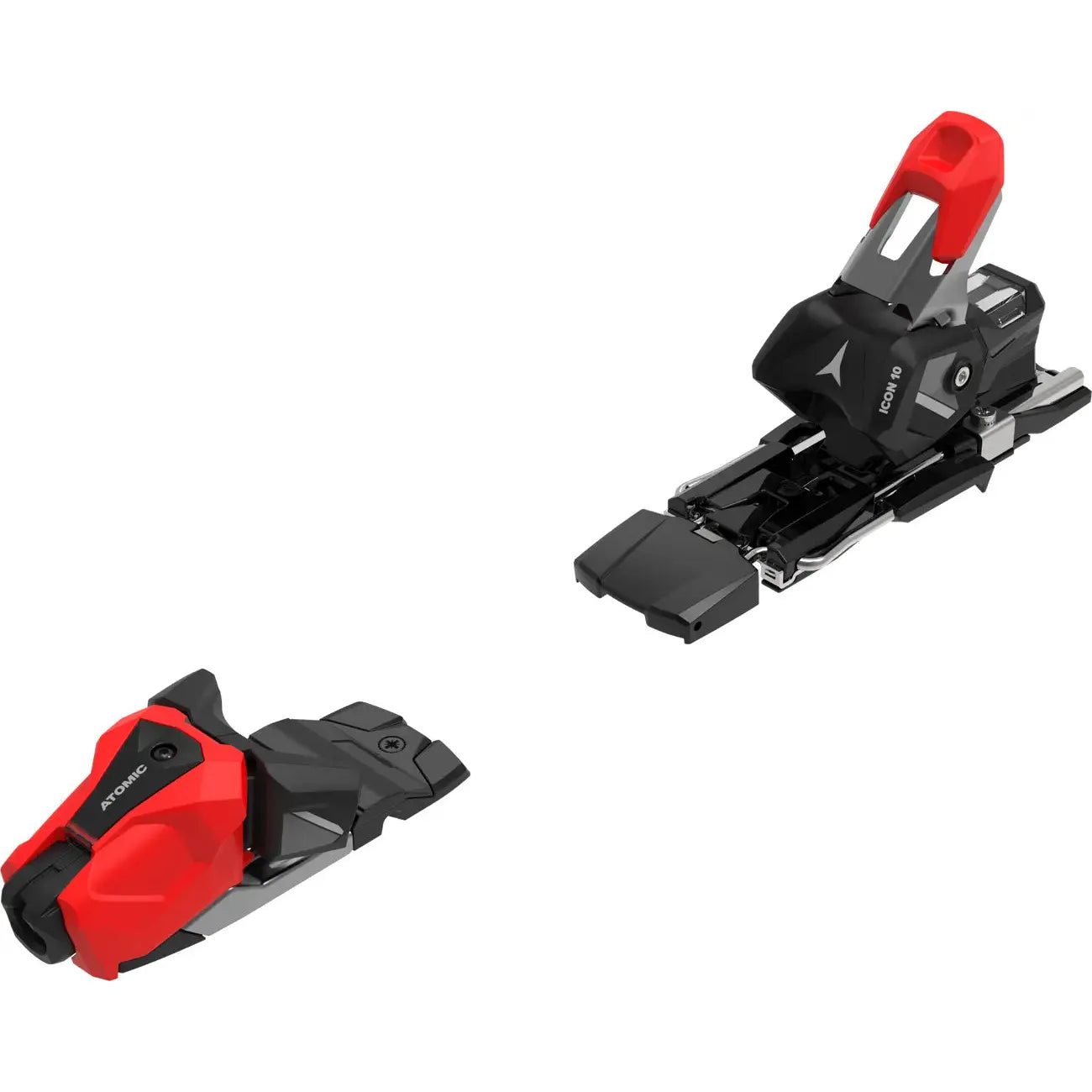
Atomic ICON 10 Ski Bindings
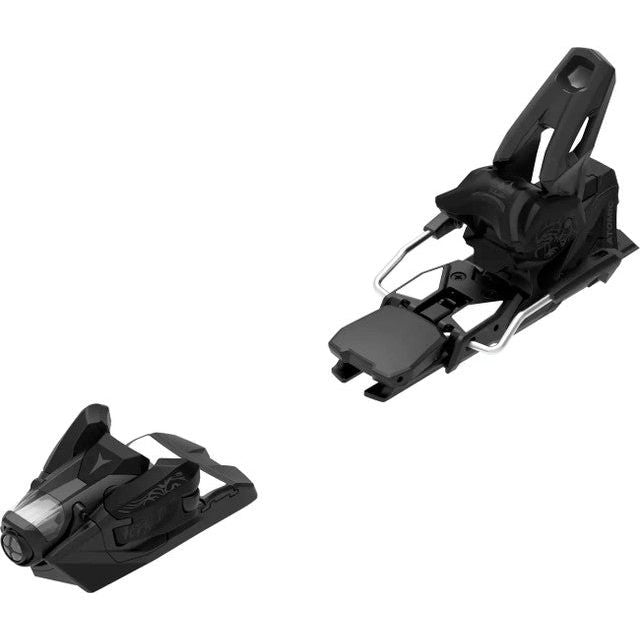
Atomic Strive 14 GW Ski Bindings
Shop Touring Ski Bindings at Outside Sports
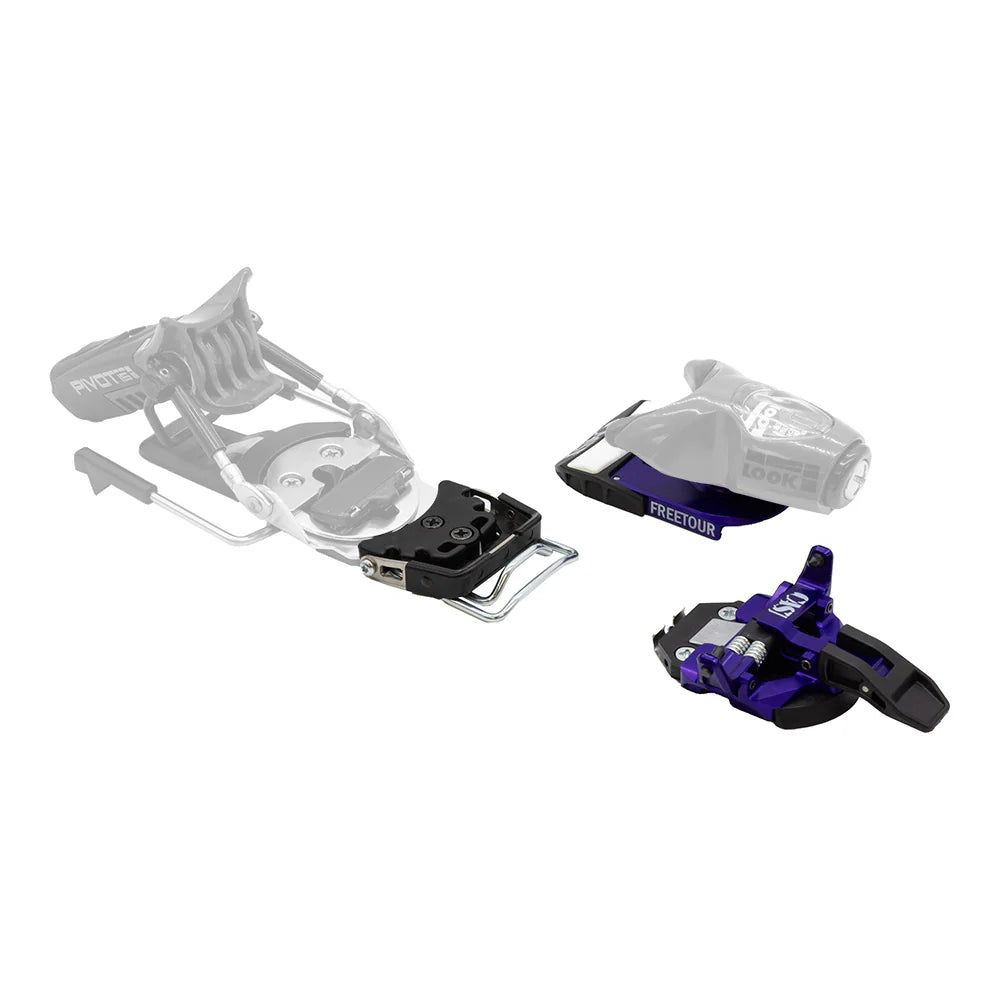
Cast Touring Freetour 2.0 Upgrade Kit
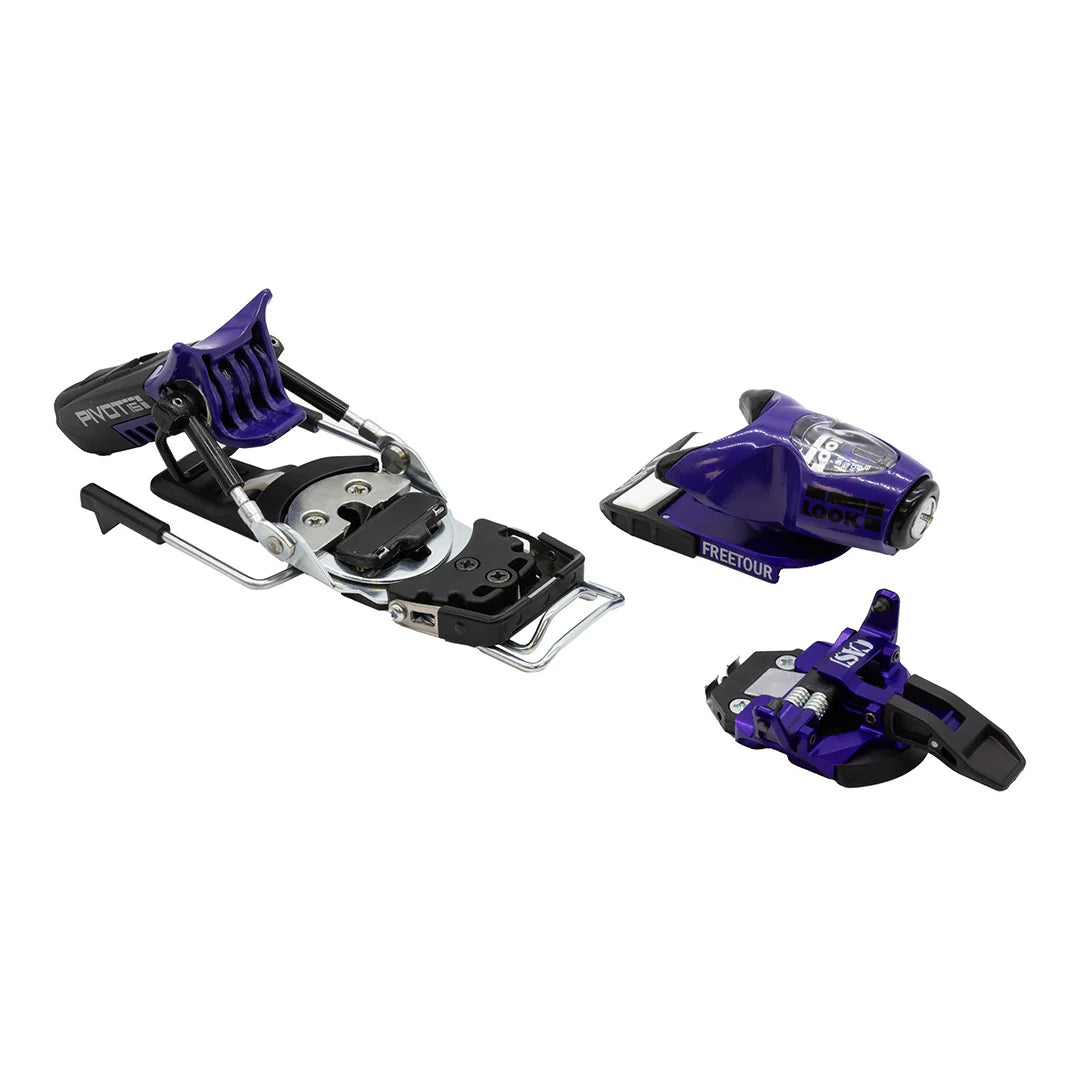
Cast Touring Freetour Pivot 2.0 15
